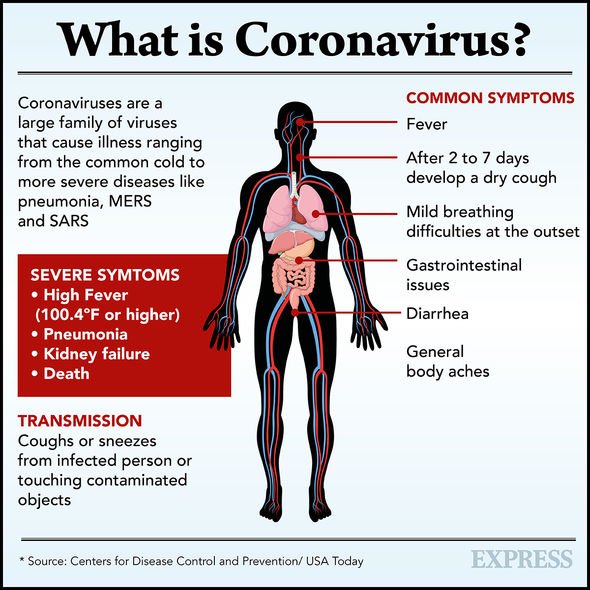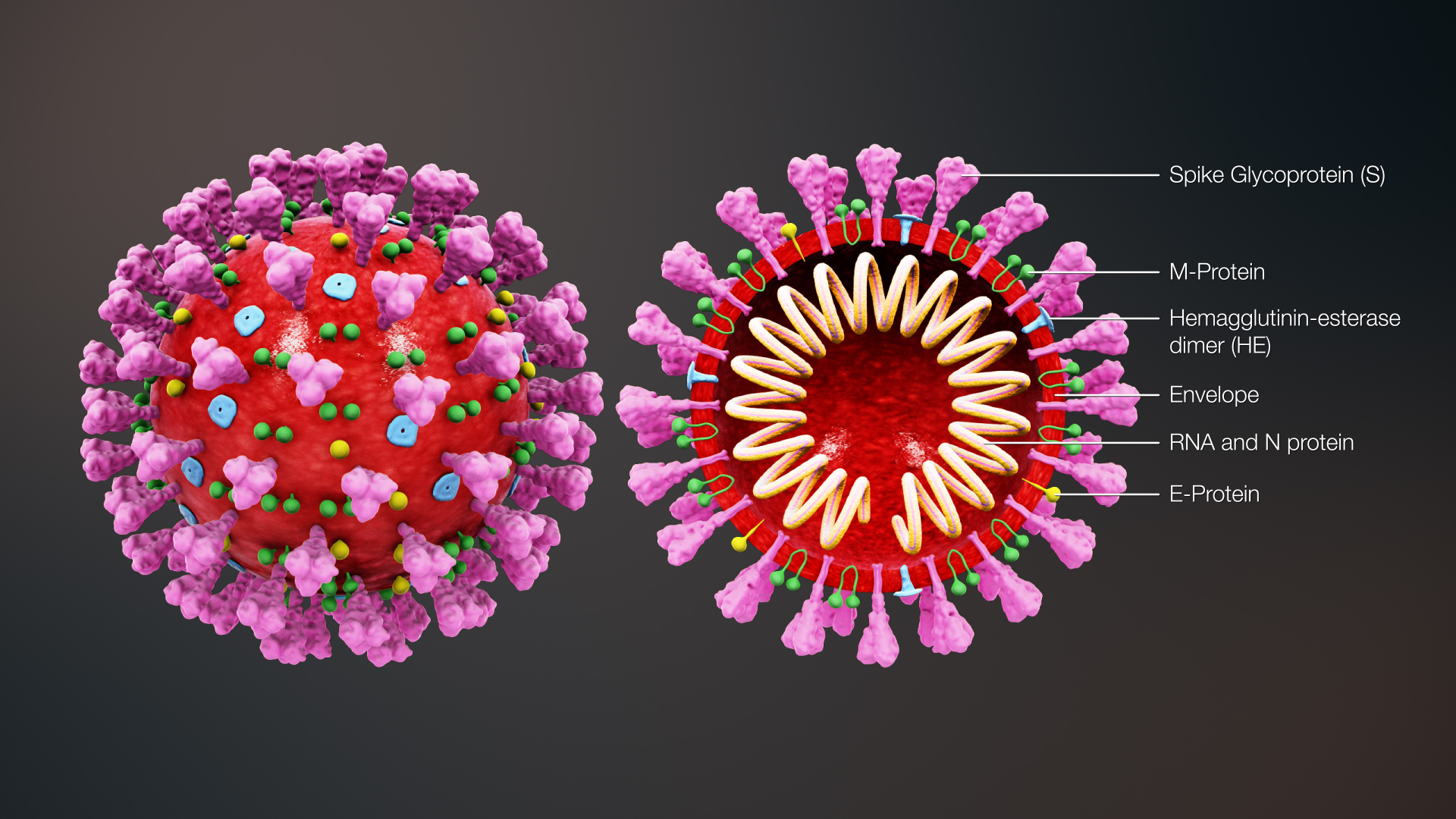Covid-19 Information Resources

CLICK ON LINKS BELOW
ᐅ Centers for Disease Control and Prevention Coronavirus information
ᐅ VA Public Health Response website
ᐅ Coronavirus.gov
ᐅ The President’s CORONAVIRUS GUIDELINES for America (pdf)
ᐅ New Jersey COVID-19 Information Hub
ᐅ New York state Information on Novel Coronavirus
ᐅ Pennsylvania Overview – Coronavirus (COVID-19)
The Vaccines:

ᐅ There are 3 promising COVID vaccine candidates.
ᐅ COVID-19 vaccines: Get the facts – Mayo Clinic
ᐅPfizer’s Covid Vaccine -New York Times
ᐅ How the Various COVID Vaccines Work – DNA Science
The Variants:
DELTA Variant:
A coronavirus variant first detected in India in February has now gone global, popping up in dozens of countries and raising fears that the strain may spearhead a wave of infection that could overwhelm health care systems, reverse reopening plans and even potentially undermine the rollout of vaccines.
The B.1.617.2 strain, officially known as the Delta variant, is worrying health officials across the world, including in the United States. The Delta variant now accounts for more than 6% of sequenced virus samples in the US, according to data from the US Centers for Disease Control and Prevention.
While that might seem a relatively small share, the speed of its growth is worrying. A month ago, the strain accounted for just over 1% of sequenced virus samples, according to the CDC data.
Experts believe the Delta variant sparked the huge wave in infections seen across India over the past two months. It is now causing concern in the United Kingdom, where it now comprises 91% of new cases, according to Health Secretary Matt Hancock.
UK Variant:
The U.K. strain, called B.1.1.7, was first reported in the U.S. in late December, and it spreads more quickly and easily than other variants, according to the Centers for Disease Control and Prevention. Dr. Anthony Fauci, the nation’s leading infectious disease physician said on TODAY Thursday that it could become the dominant strain in the U.S. by the end of March. As of Feb. 23, there were 1,881 reported cases of this variant in 45 U.S. states.
South African Variant:
This variant, known as B.1.351, emerged independently from the U.K. strain but shares some of its mutations, according to the CDC. Data indicates that it first emerged in South Africa in October and has since spread to other countries, including the U.S. In late January, the CDC confirmed two cases in South Carolina, and CDC director Rochelle Walensky told TODAY at the time that it had already reached the point of community spread. This variant could also make reinfection more likely; a vaccine study in South Africa found 2% of people who’d already had a version of the coronavirus had been reinfected with a variant. So far, it’s been detected in 14 states, and according to Lopman, it does seem to spread more easily.
CAL.20C:
A new strain known as CAL.20C now accounts for half of COVID-19 cases in Southern California, according to research from Cedars-Sinai Medical Center in L.A. To detect the strain, researchers initially looked at 10,000 COVID-19 samples from the state as far back as March and found the earliest sample of the strain in July, Plummer, co-author of the research, said. By mid-to-late January, the new strain represented more than 30% of cases in the entire state and more than 40% in Southern California.
As of mid-February, researchers had found CAL.20C in 19 states, Washington, D.C., and six foreign countries. The data at this stage suggests that it could be more easily spread than other strains.
In Ohio, researchers at Wexner Medical Center in Columbus have discovered two new strains of SARS-CoV-2. Researchers are still tracking the prevalence of both, but they’ve found that one of the strains became dominant Columbus, Ohio, over three weeks between December and January and suspect it’s likely more infectious.
BA.2 Variant:
The BA.2 sub-lineage of the Omicron variant now makes up nearly a quarter of new COVID-19 infections nationwide, the Centers for Disease Control and Prevention estimated Tuesday, up from around 1 in 10 new cases just a week prior.
Since January, Omicron has made up virtually all new infections in the U.S. Like in many countries abroad, most cases in the U.S. had been caused by a sub-lineage of Omicron known as BA.1. But while both BA.1 and BA.2 can be traced back to some of the earliest samples gathered of Omicron, BA.2 has only recently begun to climb in prevalence.
BA.2’s prevalence is the highest in the Northeast, according to the CDC’s “Nowcast” estimates published Tuesday. In the region spanning New York and New Jersey, the agency estimates 39.0% of circulating viruses are BA.2. In New England, prevalence of BA.2 is at 38.6%.
![]()
